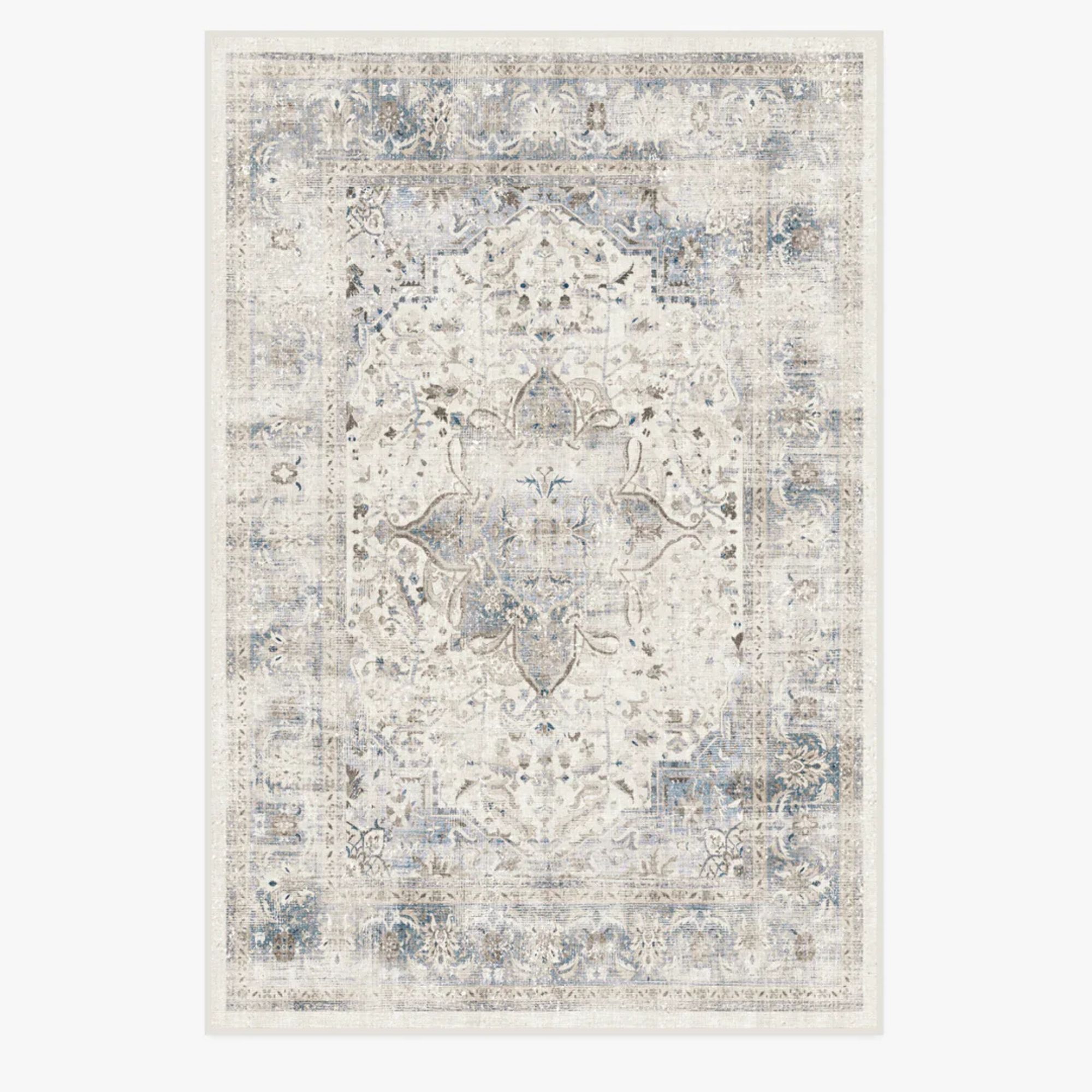7 clever tricks to help you heat your home without turning the heating on this winter
With energy prices soaring, these are helpful to bear in mind to stay warm over the winter months

Lauren Bradbury
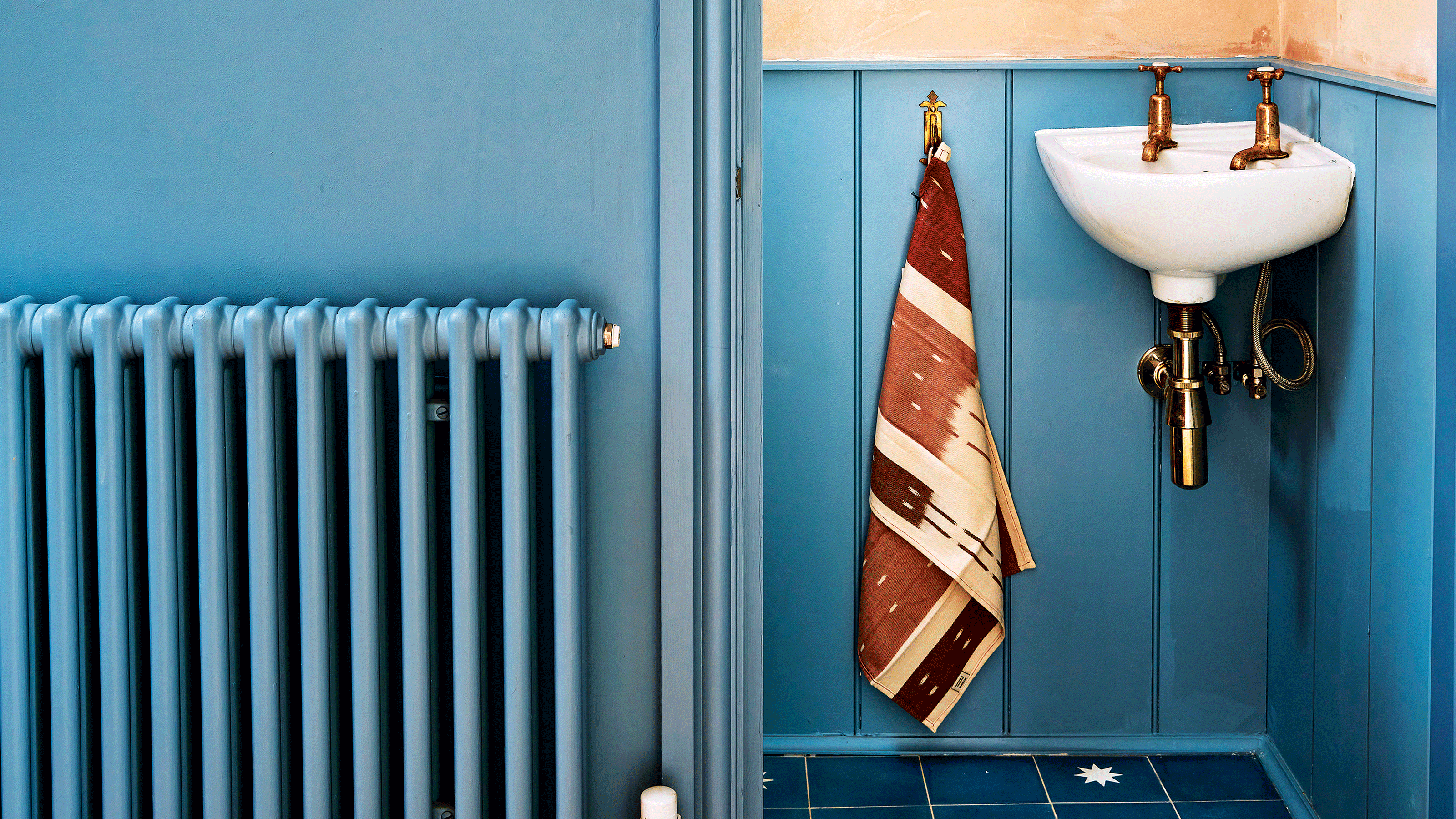
You probably don’t need us to tell you that everything is becoming increasingly expensive. From rising supermarket prices to volatile interest rates and an energy price cap that always seems to be going up rather than down, it’s becoming harder and harder to budget. That’s why knowing how to heat a home without turning on the heating can help.
Yes, you’ll be happy to know that it’s possible to save energy and money without compromising on your warmth in the process. And while the obvious solution would be to 'heat the human, not the home' (ά la Martin Lewis) by using things like hot water bottles and the best heated throws and electric blankets, there are other ways to do this.
Of course, most experts will tell you that it’s unwise to avoid using your central heating system entirely over the harsh winter months, but there are ways to continue heating a home without turning the heating on all the time. Here are 7 you may not have considered before.
1. Open all blinds and curtains
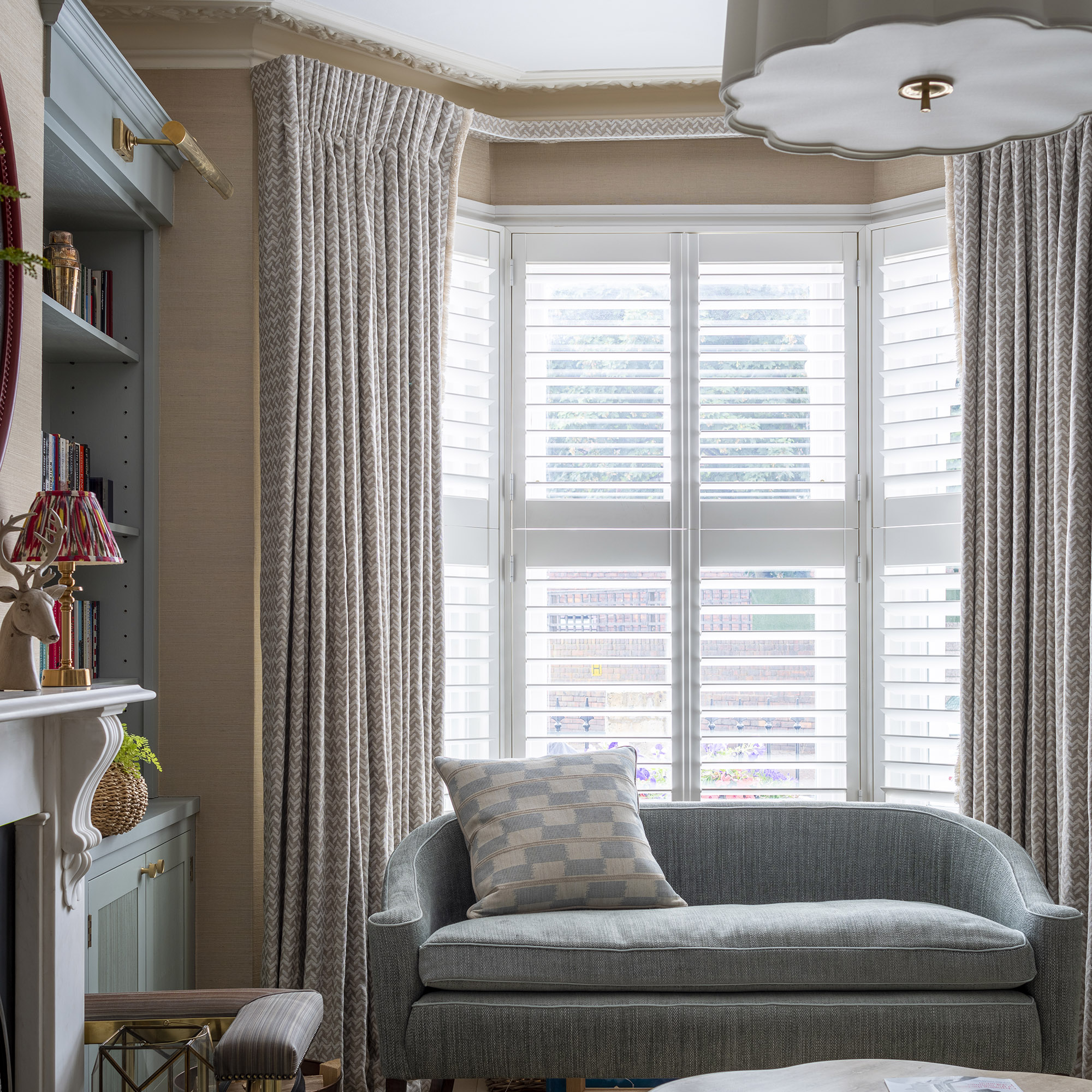
As long as your windows and doors are all properly sealed, an easy and free way to heat up your home is to make the most of any sunlight that comes our way this winter – limited as it may be in the UK!
James Longley, managing director at Utility Bidder, says, 'The UK often experiences spells of bright sun throughout the autumn and winter months, so it’s important to use this to your advantage.
'Make sure all curtains and blinds are fully open so that the light projected by the sun can help to heat up different rooms within the house.'
This can be particularly effective if your home, or at least parts of it, are south-facing, so make sure you don't keep those window treatments closed.
Sign up to our newsletter for style inspiration, real homes, project and garden advice and shopping know-how
When the day starts to turn andthe sun starts to set, you can then close your curtains again - but you might want to upgrade them if you want this heat to stay in your home overnight. In fact, experts have claimed that thermal curtains can reduce heat loss by 55% during the winter months.
This is echoed by Chloe Dacosta, Design Manager at Blinds2go, who says, ‘Thermal blinds and curtains work by both trapping air within the fabric, and also by reflecting energy back to wherever the air is warmest. With properties that cleverly retain heat in the winter and expel it in the summer – they are a worthwhile investment now, before the cold weather really kicks in!’
2. Manage draughty spots
Similarly, snuffing out and patching up any draughty spots around your doors and windows is another way to avoid losing valuable heat in your home.
Les Roberts, energy expert at Bionic, explains, ‘Draughts around doors, windows, or in the attic can also indicate gaps or worn-out insulation. Even small draughts let in cold air, reducing energy efficiency and increasing bills. These draughts become especially noticeable in winter when the contrast between indoor and outdoor temperatures is greatest.’
Smaller areas of your home, like your letterbox and pet doors, can also have a big impact, but using draught excluders can drastically help to retain warmth and heat a home without having to turn the heating on.
For external doors, stormguard Rubber Draught Seal from Robert Dyas are ideal for keeping cold gusts outside. For internal doors, it's also worth adding in some more attractive draught excluders which you can pick up from £7 at Dunelm. These will make a style statement and help keep an internal room cosy.
3. Take advantage of extra heat

Many of us will use appliances that generate heat or hot water regularly throughout the day – and one of the keys to keeping your home as warm as possible without using the heating is utilising these as much as possible.
For example, James says, 'When taking a hot shower, you’ll often find the bathroom becomes filled with steam which in turn produces heat.
'Before taking a shower, leave the bathroom door open so that some of the steam and heat warms the surrounding areas of the home, which will hopefully leave you feeling warmer for longer.'
Of course, you'll still want to be careful to avoid letting too much moisture into your home without proper ventilation; using one of the best dehumidifiers in tandem with this tactic is ideal for preventing a build-up of said moisture.
Another way to make the most of heat generated in certain spots of your home is to leave your oven door open immediately after use – as long as there are no children running around who may be vulnerable to burning themselves!
Leaving the oven door open rather than shut when you're finished with it can allow the hot air generated to stream into your home, and should heat up your kitchen rather nicely. We've tried this trick ourselves at home, and are pleased to say, it works!
4. Place your furniture in the correct spots
This is a well-used trick, but it's an important one to bear in mind if you can only turn your heating on sparingly.
'It’s unlikely you’ll be able to last all of the autumn and winter months without putting the heat on, so to use as little energy as possible, make sure there are no items of furniture, such as a sofa in front of the radiator, as this will soak up the majority of the heat,' James says. 'Instead, leave the radiators exposed in order for them to heat the whole room.'
It can also be wise to ensure you don't have too many big pieces of furniture blocking any natural light that may be entering the room because, as mentioned, this can heat up your home quite nicely on a sunny day. Doing this can also prevent mould, so it’s a win-win situation.
5. Close internal doors

Heat will escape through all of the doors and windows in your home, so try to keep as much in as possible by closing the doors to all and any rooms you aren't using.
Perhaps you often congregate in just the living room in the evenings? If so, conserve any heat created by closing all of your other internal doors downstairs. This will keep the warmer air concentrated in the room you're in, and not the rooms that aren't currently in use.
Though this may mean that other rooms are a little chillier when you open the doors again, it's a great way to keep your most-used rooms as warm as possible.
6. Make the most of layers

As we’ve already seen, many ways to heat a home without turning the heating on revolve around keeping the heat in and stopping it from escaping - so making the most of layers can also work in your favour.
This is especially true if you have wooden or hard flooring, as the heat can escape through even the smallest of cracks. Plus, wood is a conductor that allows heat to pass through, unlike carpet, which traps the heat and keeps it in the room. That’s why it’s worth looking at the best rug ideas to add layers to your floor.
Charlotte Ford, Senior Marketing Director at Ruggable, adds, ‘Different rug materials are better at keeping rooms warmer than others. High-pile textures, like tufted or shaggy rugs, help your room feel warm as the long fibres feel soft and luxurious and trap heat. Paired with other insulating decor like curtains or throws, rugs can significantly reduce the chill in your home without the need for central heating.’
7. Invest in a helping hand
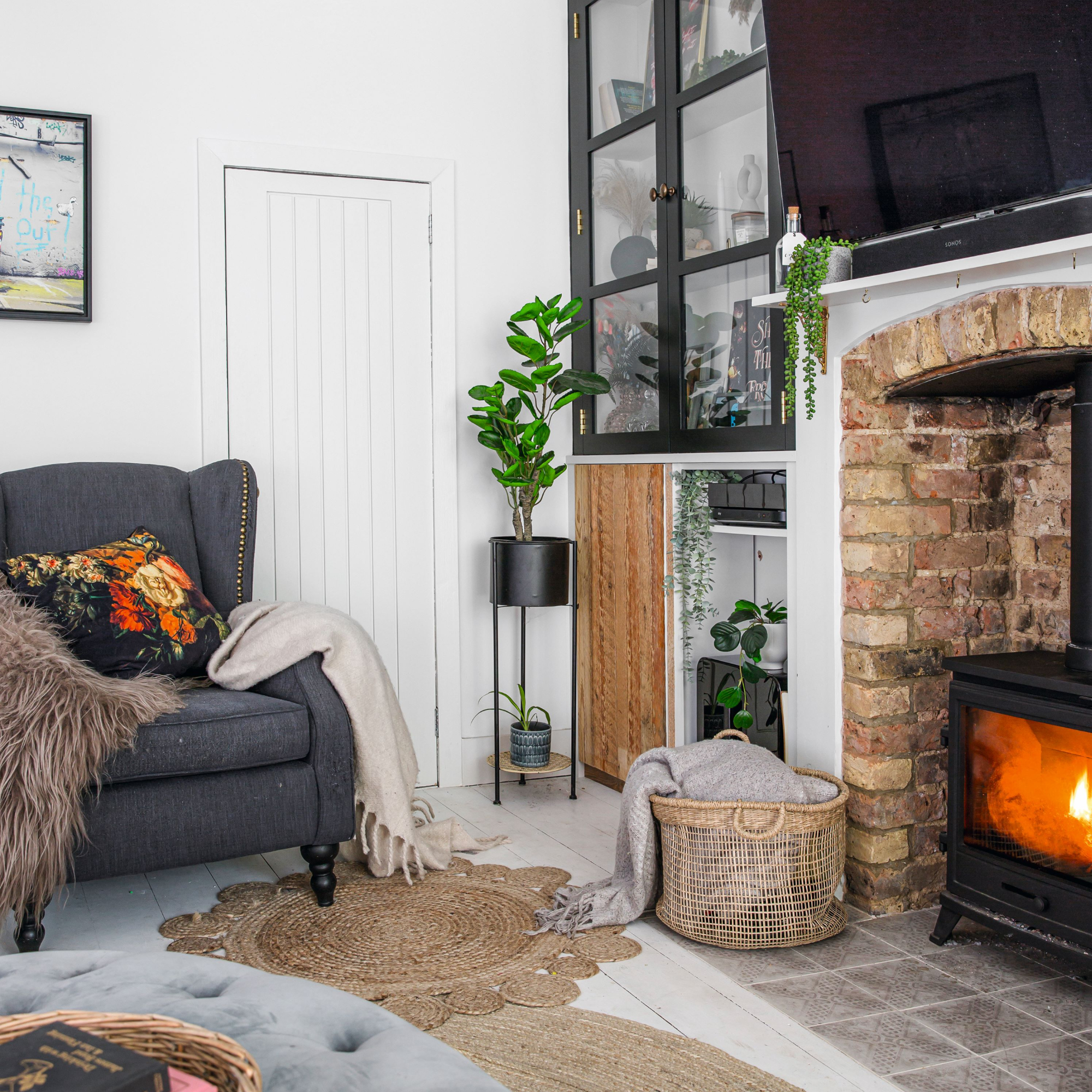
You might not want to turn on the heating to heat your home, but what if you utilised one of the best electric heaters or oil-filled radiators to take the chill off? Sure, it might be cheating slightly as you’re technically still using a heating device, but these appliances are becoming extremely popular - and for good reason.
Nicholas Auckland, heating and energy expert at Trade Radiators, explains, ‘Using oil-filled radiators and electric heaters is beneficial because they provide more targeted heating, allowing you to warm specific rooms/locations without heating the entire house. For example, if you only plan on using the living room and don't want to turn the heating on for the entire house, having an electric heater turned on can keep that room warm nicely.’
And while you will have the initial outlay of buying the appliance, they won’t cost you a fortune - especially if you do your research and find the cheapest electric heater to run. But if you’re struggling to decide between these two options, you can check out our guide on oil-filled radiators vs fan heaters.
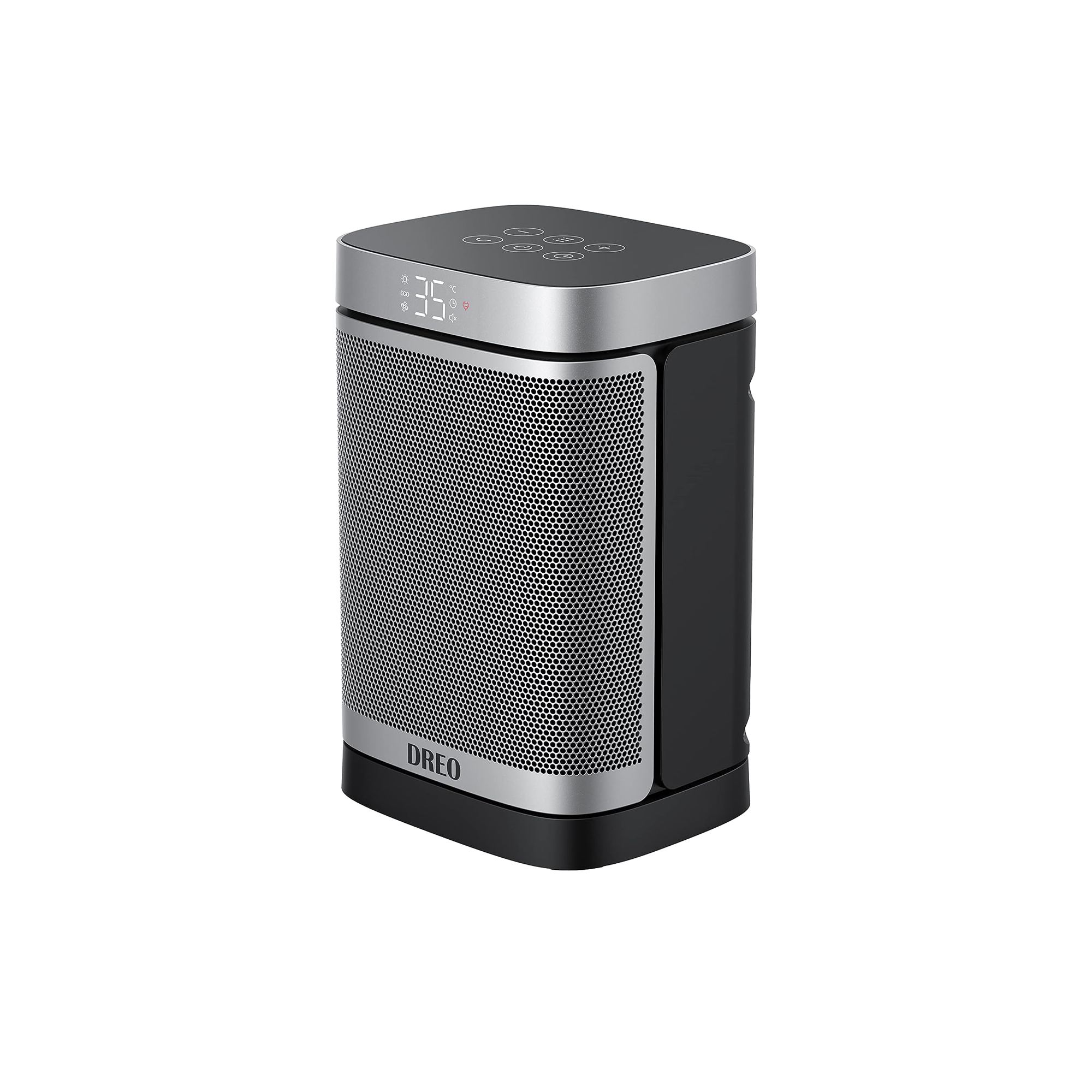
One of the best fan heaters on the market, this Dreo offering will heat a room extremely quickly - and if you use the following tools, you should be able to retain this heat without needing to turn your heating on, too.
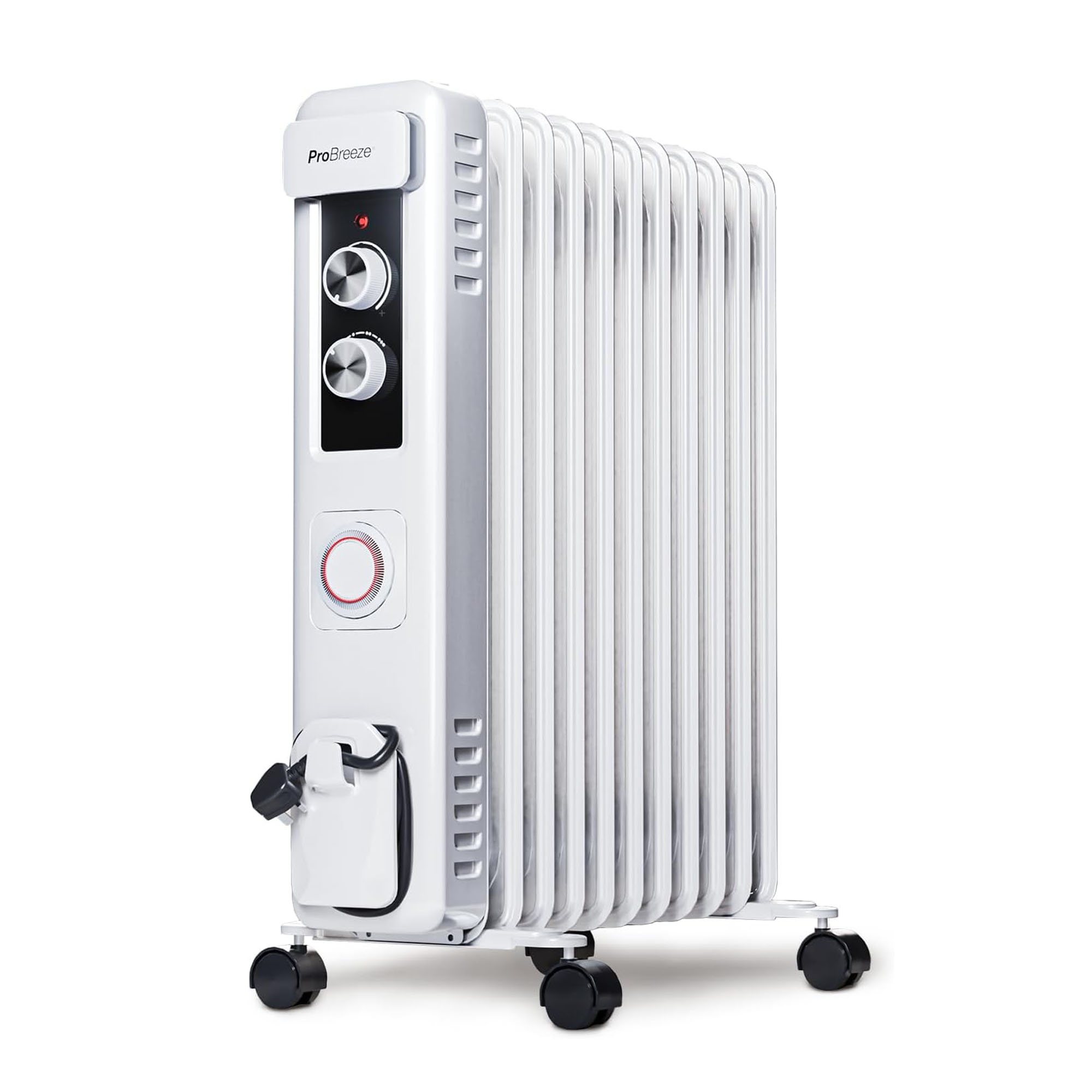
Crowned the 'best oil-filled radiator overall' in our guide, this product offers three temperature settings and a thermostat to ensure you're not using (or paying for) more energy than you'd like.
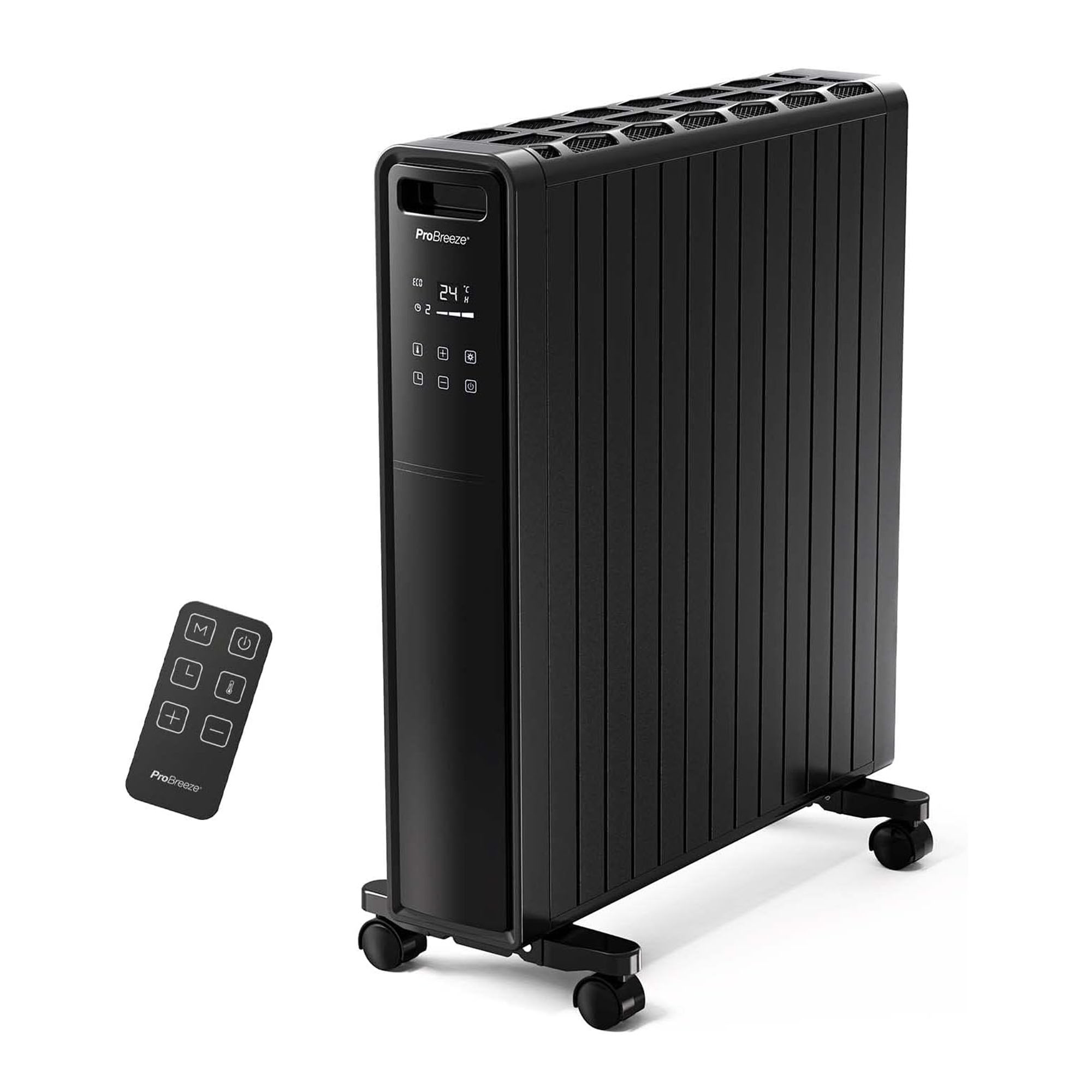
This electric heater is ideal for larger spaces and quickly heat a room without the need for central heating. Plus, it's super easy to control and programme, making it a useful purchase for those of all ages.
FAQs
Is 17 degrees cold for a house?
Yes, 17 degrees is considered cold for a house. Most energy experts advise that you maintain a constant temperature of 20 degrees in your house - and not just to keep damp and condensation at bay. A cold house can also lead to health concerns.
This is echoed by The World Health Organization (WHO), which recommends a temperature of at least 18°C for healthy people. Any lower than that and you may start to experience breathing difficulties or cardiovascular problems.
Does boiling water heat up a room?
Some people choose to heat their home without turning the heating on by boiling a pan of water on the hob and allowing the heat - and the steam - to spread throughout their home. And while you may be able to notice a small difference thanks to the water and the use of the hob, most experts would advise against this hack.
For starters, adding unnecessary steam and condensation into your home is never a good idea as it can lead to the buildup of mould and damp issues. Alongside this, condensation can actually make a room feel colder. So, while the initial act of boiling water may heat up a room momentarily, the long-lasting effects will make your walls and ceilings colder.
So before you feel the urge to turn the heating on high, consider if you're using all these tips to keep your home as warm as possible.

Amy Hunt is an experienced digital journalist and editor, now working in a freelance capacity specialising in homes and interiors, wellness, travel and careers. She was previously Lifestyle Editor at woman&home, overseeing the homes, books and features sections of the website. Having worked in the industry for over eight years, she has contributed to a range of publications including Ideal Home, Livingetc, T3,Goodto, Woman, Woman’s Own, and Red magazine.
- Lauren BradburyContent Editor (House Manual)


